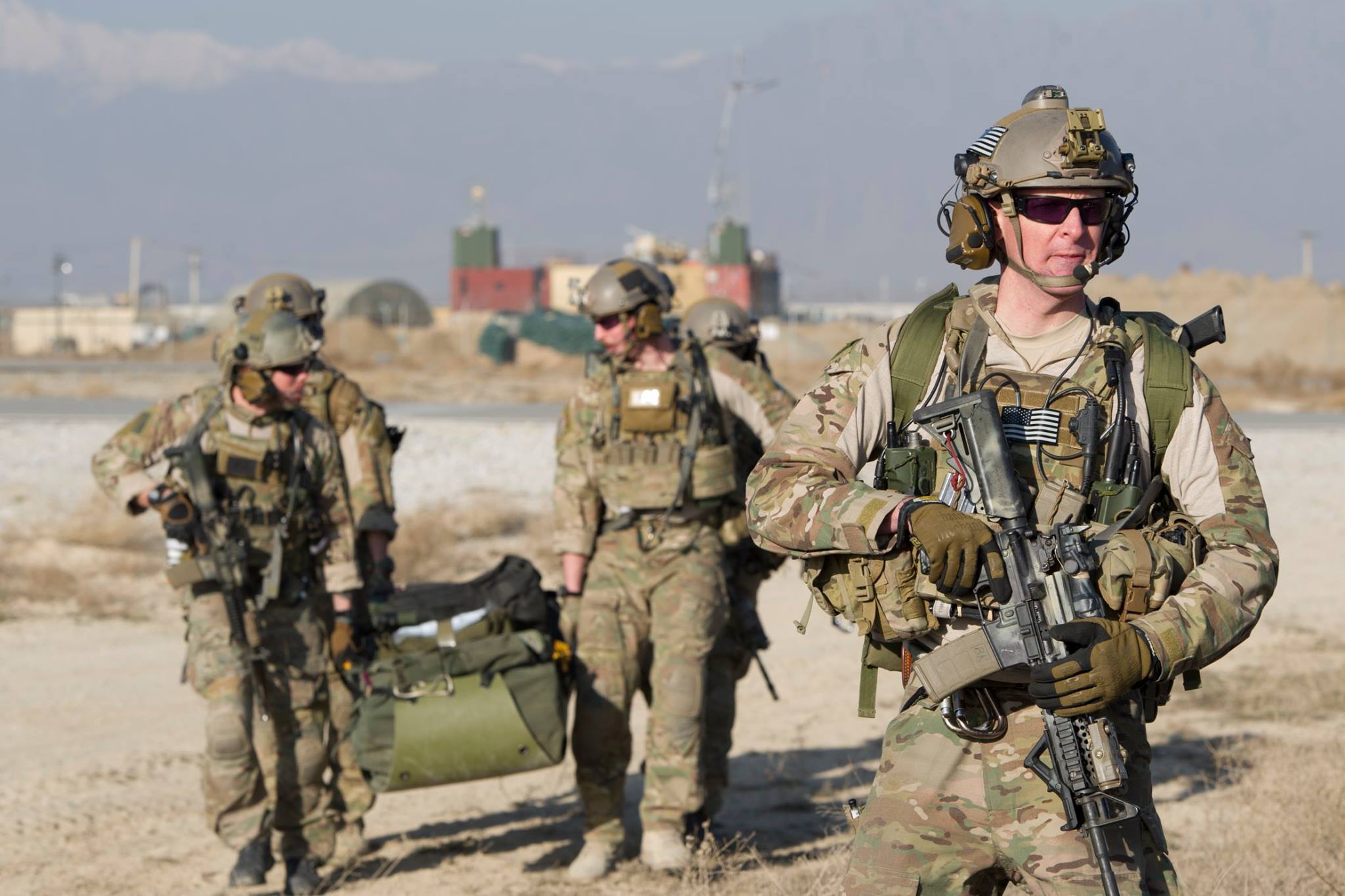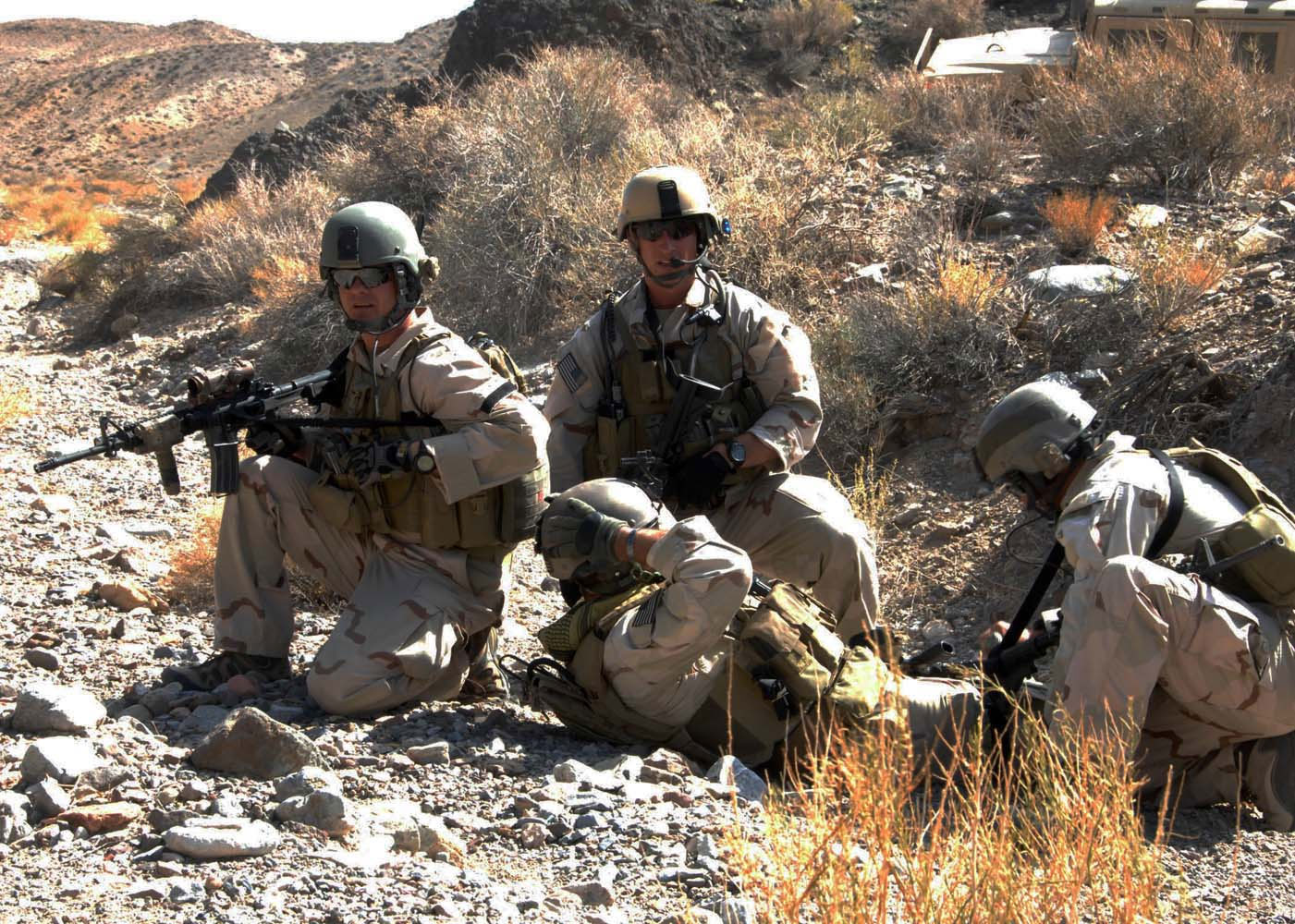M4A1 Block 1
Development and Origins
The M4A1 Block 1's roots lie in the AR-15/M16 lineage, tracing back to Vietnam-era experiments with short-barreled carbines like the XM177 (CAR-15) in the 1960s, which addressed maneuverability issues but suffered from reliability problems in harsh conditions. By the 1980s, as SOF units grappled with outdated CAR-15 variants during operations like Just Cause in Panama (1989) and Desert Storm (1991), the need for a standardized, modular carbine became evident. The broader SOPMOD program kicked off in September 1989 under the Special Operations Special Technology (SOST) Modular Close Combat Carbine Project, aiming to consolidate 1970s/1980s-era accessories into cohesive kits for the M4A1.
A Material Need Statement (MNS) was signed in May 1992, followed by validation of the Operational Requirements Document (ORD) in September 1993, with oversight assigned to the Naval Surface Warfare Center Crane Division (NSWC-Crane). The M4A1 itself, introduced in 1994 for SOCOM, featured full-auto capability (replacing the M4's three-round burst), a flat-top receiver with Picatinny rail, and improved feed ramps. Development emphasized commercial off-the-shelf (COTS) and non-developmental items (NDI), with Knight's Armament Company (KAC) delivering the Rail Adapter System (RAS) in 1994—adopted as the Rail Interface System (RIS) in 1997—for mounting optics and lasers. Initial kits were fielded in 1997, with phased upgrades by 1999 addressing early optics (e.g., dim Trijicon Reflex sights) and lights (e.g., fragile Insight VLI). Reliability enhancements, like the 1999 SOCOM heavy-profile barrel and 2000 Reliability Parts Set (enhanced extractor spring and O-ring), resolved extraction issues in dirty environments. The 1999 Crane SOPMOD manual further standardized training, covering zeroing and advanced marksmanship.
Influenced by the 1993 Battle of Mogadishu—where Delta Force's CAR-15s outperformed Rangers' M16A2s in urban fighting—the Block 1 configuration solidified around 2001, just before the Afghanistan invasion.
Adoption and Operational Use
Exclusively adopted by U.S. SOF units starting in 1997, the M4A1 Block 1 was issued to Army Special Forces (Green Berets), Delta Force, 75th Ranger Regiment, Navy SEALs, Air Force Pararescuemen/Combat Controllers, and Marine Force Reconnaissance. Each kit supported four carbines, allowing mission-tailored setups for raids, hostage rescues, and VIP protection. By the 2001 Afghanistan invasion (Operation Enduring Freedom), it was the primary SOF rifle, with operators using RAS rails for PEQ-2 lasers in night operations and suppressors for stealth raids. In the 2003 Iraq invasion (Operation Iraqi Freedom), it excelled in urban CQB during the push to Baghdad, where over 50 raids highlighted its reliability despite occasional zero shifts from drops.
Units like Operational Detachment Alphas (ODAs) customized via cannibalized kits, adding grenade launchers for breaching. By 2005, EOTech SU-231 holographics supplemented Aimpoints, though distribution lagged due to the program's scale across thousands of operators. Conventional forces began adopting M4A1s with SOPMOD elements post-2005, with the Army contracting 12,000 units in 2009 and Marines following in 2007. It saw over a decade of combat validation, from mountain patrols to house-clearing, before broader transitions.
Lower Receiver
Lower Receiver: Colt A2 profile Lower w/ UID Label
Stocks: LMT Sopmod Gen 1 Black/FDE, Colt CAR, Colt Waffle (Various Others)
Grip: Standard A2, Ergo (Various Others)
Trigger: Colt, Geissele SSA/SSA-E
Trigger Guard: GI
Rear Sling Mount: CQD
Upper Receiver
Upper Receiver: Colt AF/Keyhole/Square
Barrel: Colt 14.5” FSP Socom Profile
Gas Block: Colt FSP
Muzzle Device: Knights Armament NT4 Flash Hider
Hand Guard: Knights Armament RAS
Bolt Carrier Group: Colt
Charging Handle: Standard GI, PRI M84 Gas Buster Military Latch
Rear Sight: Matech, Knights Armament
Front Sight: Colt FSP
Optic: Aimpoint CompM2 w/ Wilcox/Aimpoint GI Mount, Aimpoint CompM4/M4s, Trjicon TA01NSN ACOG, Eotech 553/SU-231, Eotech EXPS3-0/SU-231a, Elcan SpecterDR 1-4/SU-230 FDE w/ L3 MRDS/Docter, Eotech G33 Anodized
Light: Surefire m951 “Fat Body”, Surefire M-Series (Various), Insight M3X FDE, Insight WMX200 Bronze Rotational/Fixed, Surefire Scout (Various)
Laser: PEQ-2A, Peq15/Atpial C, LA5, Peq16a/b
Suppressor: Knights NT4 Taupe/Black
Front Sling Mount: CQD
Foregrips: Knights Armament, Tango Down Fullsize, GripPod, (Various Others)





